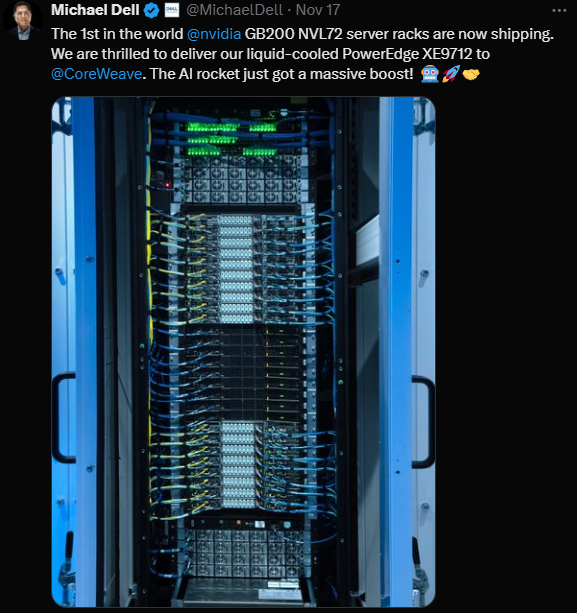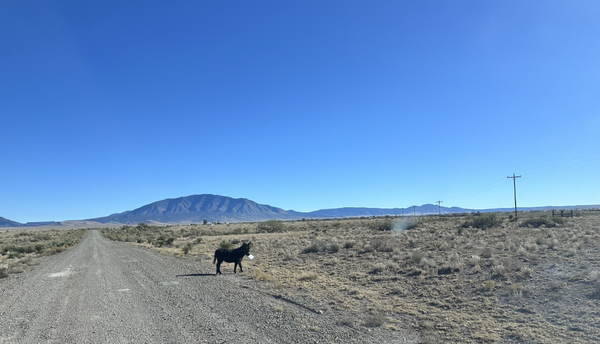Trade Alert: The last time the market broke my heart
I’ve got two stories full of lessons my hedge fund days that I’ll be telling you today. Both are about markets collapsing, but each has a very different perspective. First one is below with a couple trades I’m doing at the end. Stay tuned for the next one later this morning.
After a pretty good first fifteen months since launching my hedge fund back with uncannily lucky timing in October 2002, I’d started my second full calendar year loaded to the gills on telecom supplier stocks like JDSU, Nortel, Lucent, Juniper and others. By the end of January, I was up an astounding 30% in the fund, as my stocks were all up across the board at least that much. A hedge fund manager gets paid 20% of profits (plus a tiny management fee) at the end of the year, which meant that I could sell everything right then and stay in cash the rest of the year and have a nice pay day from even the small amount of money I was running — a 31% annual gain accomplished in 30 calendar days.
With that incentive probably partly as a motive, along with the fact that I did want to lock in those gains while I had ’em, I started selling down my longs and took big profits. By the end of February, those stocks had pulled back 15-25% each and I was still up more than 20% on the year and almost entirely in cash. After rallying big to start the year, the markets were back to flat on the year. I’d been on CNBC talking about buying those stocks before the big rally and I’d been back on to declare victory when they’d topped out and I felt like a genius. (A good trader will learn the lesson that you never mistake luck with genius, by the way.)
After the stocks had dropped and the markets started to stabilize and with my investors asking me to put the money back to work, I reluctantly started buying Nortel, Lucent, JDSU, Cisco and others back again. After two weeks of working the money back into the market, I was up only 10% on the year and over weight in the telecom suppliers once again.
And then just a couple days later, I walked into my office and turned on the monitors and saw the tech futures lock limit lower — down like 3% before 6am EST. Nortel had announced that they’d been overly aggressive in much of their accounting for years and that they’d be restating their numbers. Lucent was likely doing the same thing, it appeared. And every telecom supplier stock on the planet was down 20% plus before the markets had even opened.
I grabbed my waste basket and puked. My year’s gains would be gone at the open. I’d have losses to report to my investors instead of the gains I’d just known I’d get to tell them about at the end of the year. Sure I had lots of Apple (I don’t think Google had come public yet, as I’d owned it in my fund from the day it came public til the day I closed up shop in October 2007) and I had a few paired shorts in telecom suppliers, but I’d been buying and I was overweight long in the very stocks that were going to be slaughtered.
It took another month before I got my positions reworked and stabilized. After digging into what Nortel had admitted, I went through each and every position and I sold any and all of the stocks that had a whiff of restatement issues. By the end of the year, I’d gotten my hedge fund just barely back into the green. It took another six months after that before I got back to the peaks I’d been at when I’d started the year earlier off with a 31% straight up run.
Another year, and my investors didn’t even remember the wild ride we’d been on with the telecom supply fraud pandemic. But I didn’t forget the lessons I learned from that and the pain that I (and they) had to endure to make it through the ups and downs that every investor, trader and money manager will endure over and over.
Yes, it’s painful that we didn’t all sell everything at the top instead of just trimming down and reducing our net long exposure. And it’s painful that we bought anything at all on the way down instead of just waiting until sometime more like now.
But the point isn’t where your portfolio has been. It’s where it’s going. Stay in the game and follow the playbook. You know you have to make the hard trade. You know have to buy panic. What’s the hardest trade to make right now? Buying weakness, right? Then do it. Is there panic out there? Yes? Then you know what you have to do.
I’ll be buying some Lindsay and I’m finally going to buy back some of the Cisco we’d sold much higher. Just buying common stock in both for now. I’ll also finishing up work on two new long names to add to the portfolio tomorrow.




